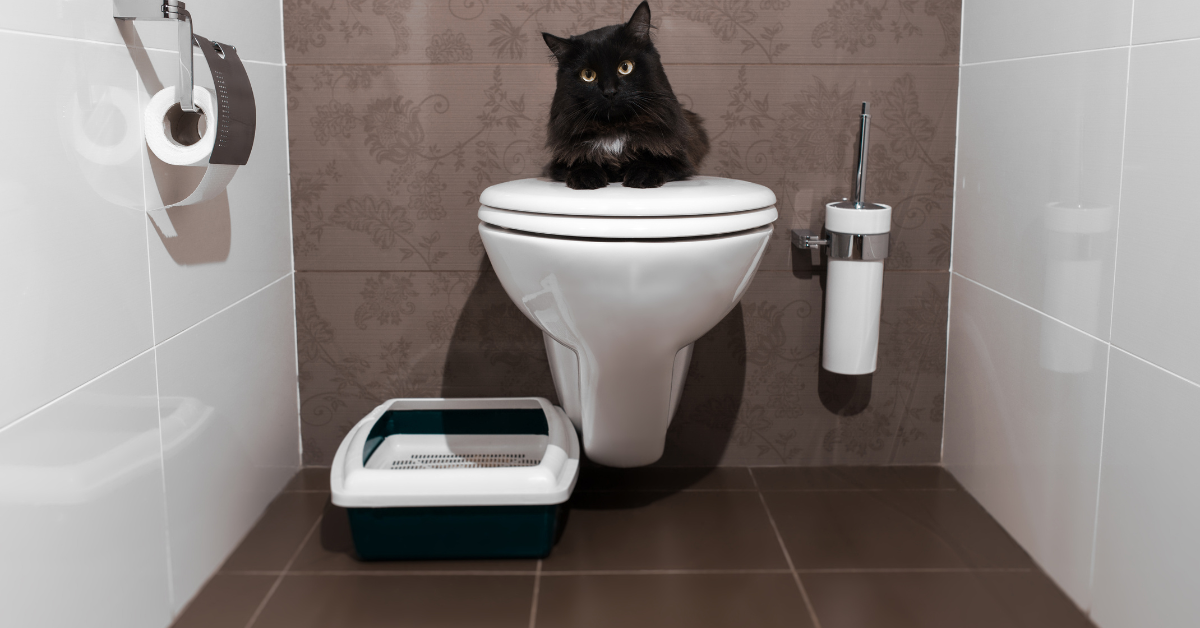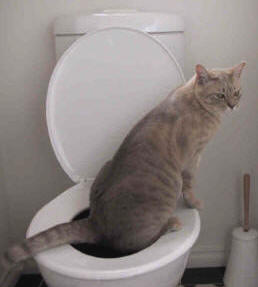Reasons Flushing Cat Poop Down Your Toilet Isn't a Good Idea - Tips for Safer Disposal
Reasons Flushing Cat Poop Down Your Toilet Isn't a Good Idea - Tips for Safer Disposal
Blog Article
Listed here in the next paragraph you might get a lot of amazing advice around Can You Flush Cat Poop Down The Toilet?.

Intro
As pet cat proprietors, it's important to be mindful of how we deal with our feline pals' waste. While it may appear practical to flush feline poop down the bathroom, this practice can have harmful effects for both the atmosphere and human health.
Environmental Impact
Purging cat poop introduces harmful microorganisms and bloodsuckers right into the water system, posing a considerable risk to water ecosystems. These pollutants can adversely influence aquatic life and concession water high quality.
Health Risks
Along with environmental concerns, purging pet cat waste can also pose wellness risks to humans. Feline feces might contain Toxoplasma gondii, a bloodsucker that can cause toxoplasmosis-- a potentially serious disease, particularly for pregnant females and individuals with weakened immune systems.
Alternatives to Flushing
Thankfully, there are safer and much more responsible means to get rid of feline poop. Consider the adhering to alternatives:
1. Scoop and Dispose in Trash
One of the most typical method of throwing away cat poop is to scoop it into a biodegradable bag and toss it in the trash. Make certain to make use of a committed clutter inside story and take care of the waste immediately.
2. Use Biodegradable Litter
Opt for eco-friendly cat trash made from products such as corn or wheat. These clutters are environmentally friendly and can be safely taken care of in the trash.
3. Bury in the Yard
If you have a yard, think about hiding cat waste in a marked area far from vegetable gardens and water resources. Make sure to dig deep enough to prevent contamination of groundwater.
4. Mount a Pet Waste Disposal System
Purchase a family pet garbage disposal system especially made for cat waste. These systems utilize enzymes to break down the waste, reducing odor and ecological effect.
Conclusion
Responsible pet dog ownership expands past offering food and sanctuary-- it likewise includes proper waste management. By avoiding flushing feline poop down the toilet and going with alternate disposal approaches, we can reduce our ecological impact and secure human health and wellness.
Why Can’t I Flush Cat Poop?
It Spreads a Parasite
Cats are frequently infected with a parasite called toxoplasma gondii. The parasite causes an infection called toxoplasmosis. It is usually harmless to cats. The parasite only uses cat poop as a host for its eggs. Otherwise, the cat’s immune system usually keeps the infection at low enough levels to maintain its own health. But it does not stop the develop of eggs. These eggs are tiny and surprisingly tough. They may survive for a year before they begin to grow. But that’s the problem.
Our wastewater system is not designed to deal with toxoplasmosis eggs. Instead, most eggs will flush from your toilet into sewers and wastewater management plants. After the sewage is treated for many other harmful things in it, it is typically released into local rivers, lakes, or oceans. Here, the toxoplasmosis eggs can find new hosts, including starfish, crabs, otters, and many other wildlife. For many, this is a significant risk to their health. Toxoplasmosis can also end up infecting water sources that are important for agriculture, which means our deer, pigs, and sheep can get infected too.
Is There Risk to Humans?
There can be a risk to human life from flushing cat poop down the toilet. If you do so, the parasites from your cat’s poop can end up in shellfish, game animals, or livestock. If this meat is then served raw or undercooked, the people who eat it can get sick.
In fact, according to the CDC, 40 million people in the United States are infected with toxoplasma gondii. They get it from exposure to infected seafood, or from some kind of cat poop contamination, like drinking from a stream that is contaminated or touching anything that has come into contact with cat poop. That includes just cleaning a cat litter box.
Most people who get infected with these parasites will not develop any symptoms. However, for pregnant women or for those with compromised immune systems, the parasite can cause severe health problems.
How to Handle Cat Poop
The best way to handle cat poop is actually to clean the box more often. The eggs that the parasite sheds will not become active until one to five days after the cat poops. That means that if you clean daily, you’re much less likely to come into direct contact with infectious eggs.
That said, always dispose of cat poop in the garbage and not down the toilet. Wash your hands before and after you clean the litter box, and bring the bag of poop right outside to your garbage bins.
https://trenchlesssolutionsusa.com/why-cant-i-flush-cat-poop/

Hopefully you liked our article on How to Dispose of Cat Poop and Litter Without Plastic Bags. Thank you so much for finding the time to browse our short article. Sharing is caring. Who knows, you may be helping someone out. I praise you for your time. Don't hesitate to stop by our blog back soon.
Explore Report this page